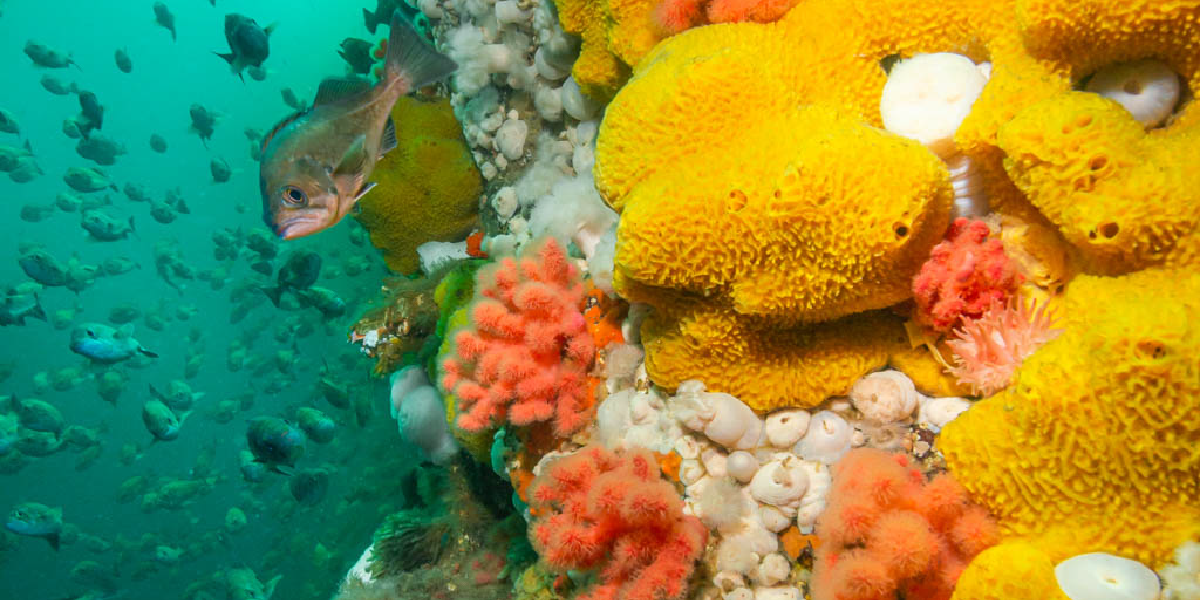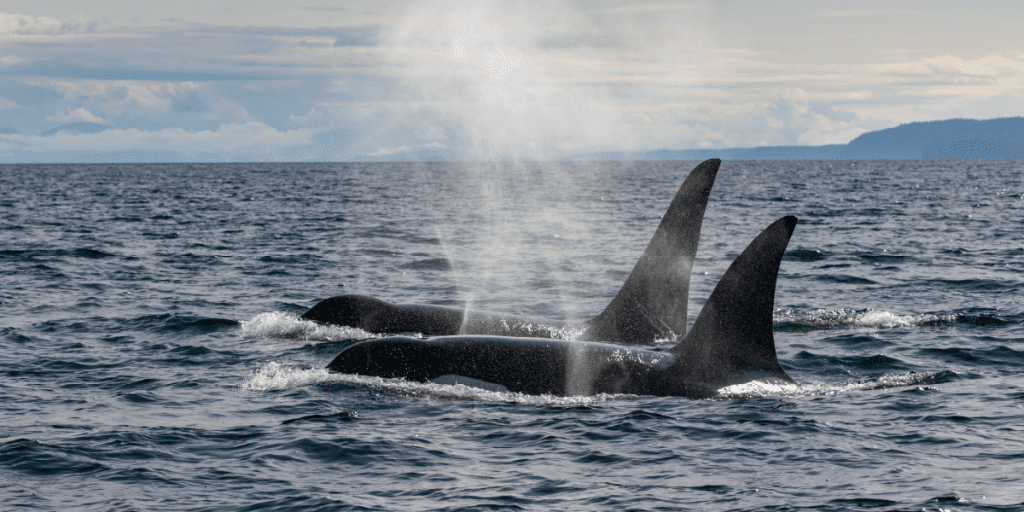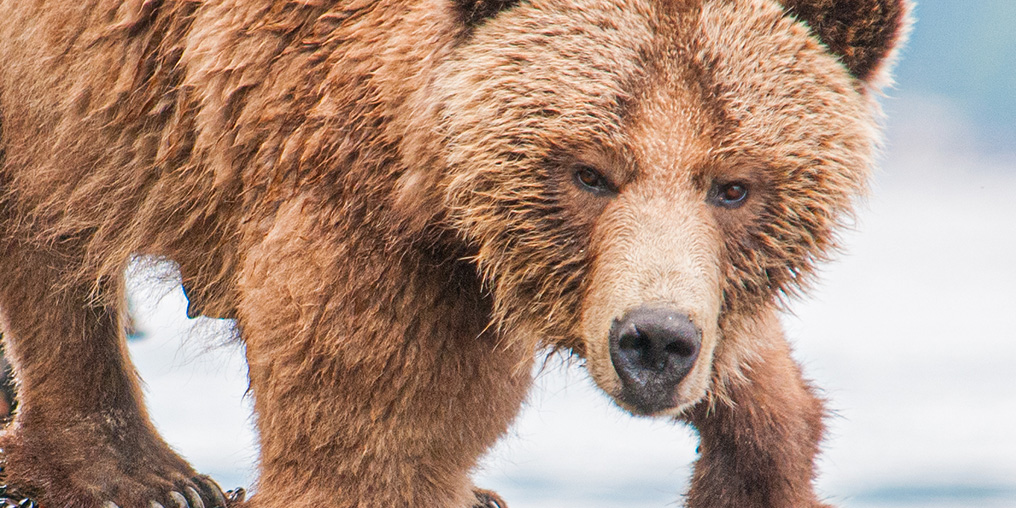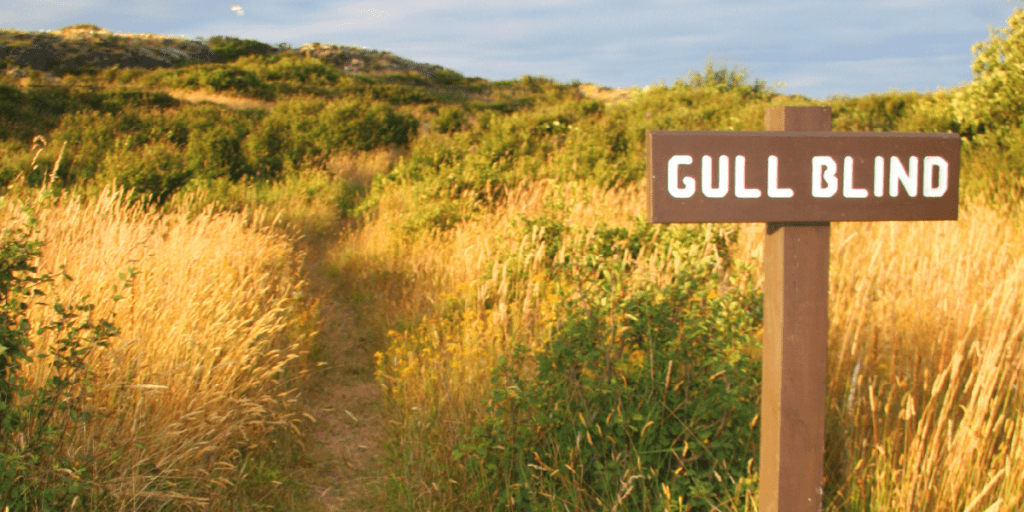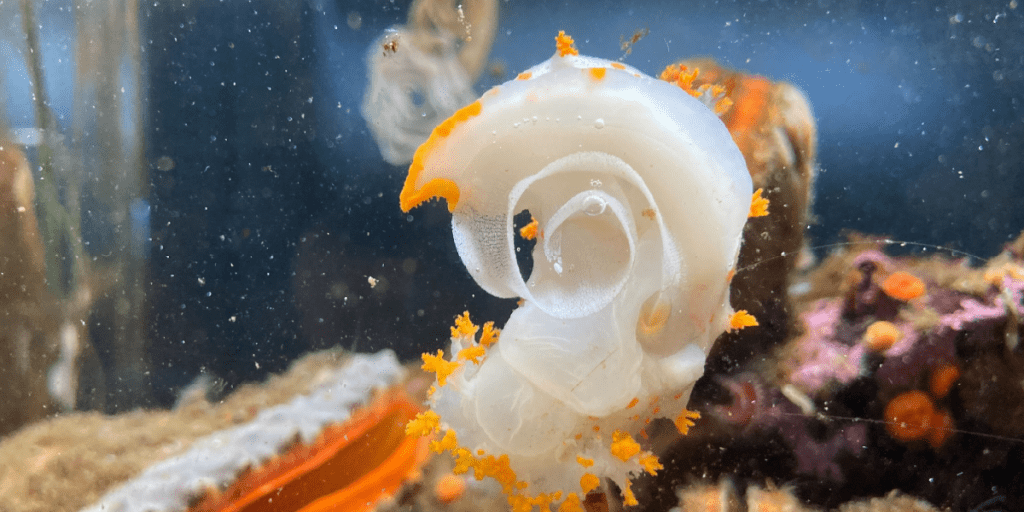Coral reefs in Canada? That seems like a contradiction to most people, but under the surface of the Salish sea lies a world that is not frequently seen or understood.
Diving into this realm, a diver can be confronted with coral, sponges, gorgonian fans, bryozoans, anemone and more. Lacking the limestone reef structure that you see in the tropics, the coral and other life forms make up a stunning vista. As a professional underwater photographer and videographer, I have travelled to many places around the world and this aptly named Emerald Sea rivals anywhere in the tropical seas for abundance of life and colour.
In places where the conditions are perfect, it is hard to see any actual rock when exploring the walls that drop off into the cold dark depths. In parts of Discovery Passage, near Campbell River, and Browning Pass and, Port Hardy are world renowned and are sought after locations to dive.
It’s hard to imagine the kaleidoscope of colours right beneath the keel while sitting in a boat on the surface of the grey-looking water. As divers enter this watery realm for the first time, they are shocked at the abundance of life. Many years ago, when I first started diving in Canada, I would hear stories about the famous Browning Wall. When I finally got to do a dive on it, I was prepared for what I saw. Dropping off to over two-hundred feet, the dizzying view was made up of patches of red, pink, white, yellow, orange, purple, and green. Moving along the wall in the current, it was hard to rest my eyes on a scene before being enticed with another patch of life. Often done as a drift dive, where you let the current take you at its mercy, you can cover a vast stretch of the wall without having to kick at all. For me, diving is a joyride that can’t be beaten by anything man made.
The coral that lives in the cold waters of British Columbia are a species of soft coral that comes in beautiful shades of red or pink. It is commonly referred to as Sea Strawberry and hangs off the wall in soft explosions of colour. Surrounding the coral are vibrant, yellow Encrusting Sponges and the interesting-looking Finger Sponges. Gliding by on the current, there is so much life to take in. As I slow down to look closer, I see more life, both invertebrates and fish, nestled in among the larger organisms.
As a photographer, it really is hard to know where to aim the camera. For those that are into macro photography, you can feast both your eyes and the camera on a few square feet and never run out of subjects. Nestled among the corals and sponges are tiny creatures that often go unseen. The dense reef structure provides both food and shelter for all these small animals. Turning around and looking out from the wall is easily overlooked. Invariably there are large schools of rockfish, pilchards, herring, and if you are lucky a buzz by a curious sea lion.
Just a few weeks ago, I had the opportunity to dive here again, 27 years after my first of many trips. Since that first time, the area has been designated a Rockfish Conservation Area, and it shows. Four years ago, there was a historic recruitment of rockfish (the term for the live bearing of young rockfish). This year again, there were masses of small rockfish, mainly Widow and Yellowtail, as well as massive schools of larger fish that were likely from the event four years ago. Swimming around among these schools of fish was so gratifying.! I have never seen such an abundance of life as this year. Over the last few years, there have been some warm water events that triggered changes in the density of the corals and sponges as well as the kelp forests. Their populations were knocked back a bit, but they are now beginning to flourish once more. As a diver it is a privilege to witness this life over the years and photograph it.
More importantly though, these protected areas provide food and shelter for myriads of fish and invertebrates. These places are a critical tool in helping ensure the survival of important fish species that are at risk due to overfishing and other environmental impacts.
A joy of underwater exploration is that no two areas are alike and Discovery Passage, which runs between Campbell River and Quadra Island, is no exception. There are no soft corals in the strong tidal flows, but there is other life. All along the Quadra Island side is a profusion of life that starts a few feet below the surface. The lack of pink soft coral is more than made up for by the Strawberry Anemone. This small anemone carpets the rocks in all directions at popular dive sites such as Whiskey Point, Row ‘n be Damned, and Richmonds Reef. Usually red, it can also be pale pink or yellowish, and is interspersed with all kinds of other sponges and anemone. One of my favorite sponges along these areas are the aptly named Tennis Ball Sponge. They look exactly as they sound, except for being a grey-brown colour. They even have an apparent seam in just the right place. They appear sporadically and look like they have just landed where they were thrown.
Steep Island is a popular dive site with an outside, overhanging wall festooned with tube worms. This sounds bad, but really is quite a sight. This is the only spot in Discovery Passage that is carpeted so thickly with them. Below the wall are huge boulders and rich crevices just covered in life, and the perfect lair where a diver might see the Giant Pacific Octopus. Intelligent and curious by nature, it sometimes happens that the octopus will stretch out an arm to investigate the strange bubble-blowing invader of the depths. Every now and then the Octopus will come out of its den and that is when you really grasp the size of these magnificent creatures.
Cold water diving is not for everyone. Certainly, it is easier to dive in nice warm tropical waters. Nevertheless, the flora and fauna you get to experience when you break under the thin line that separates the land and sea is astounding. Learning to dive here is well worth the extra effort if you have ever felt the urge to see what lies below.
One of the things I enjoy most with my filming and photography is sharing the spectacular views of the worlds that I visit temporarily. Some people will never descend into the depths, so bringing that world to the surface in the form of dramatic imagery can help people understand, and appreciate, just what wonders lie beneath the waterline.

